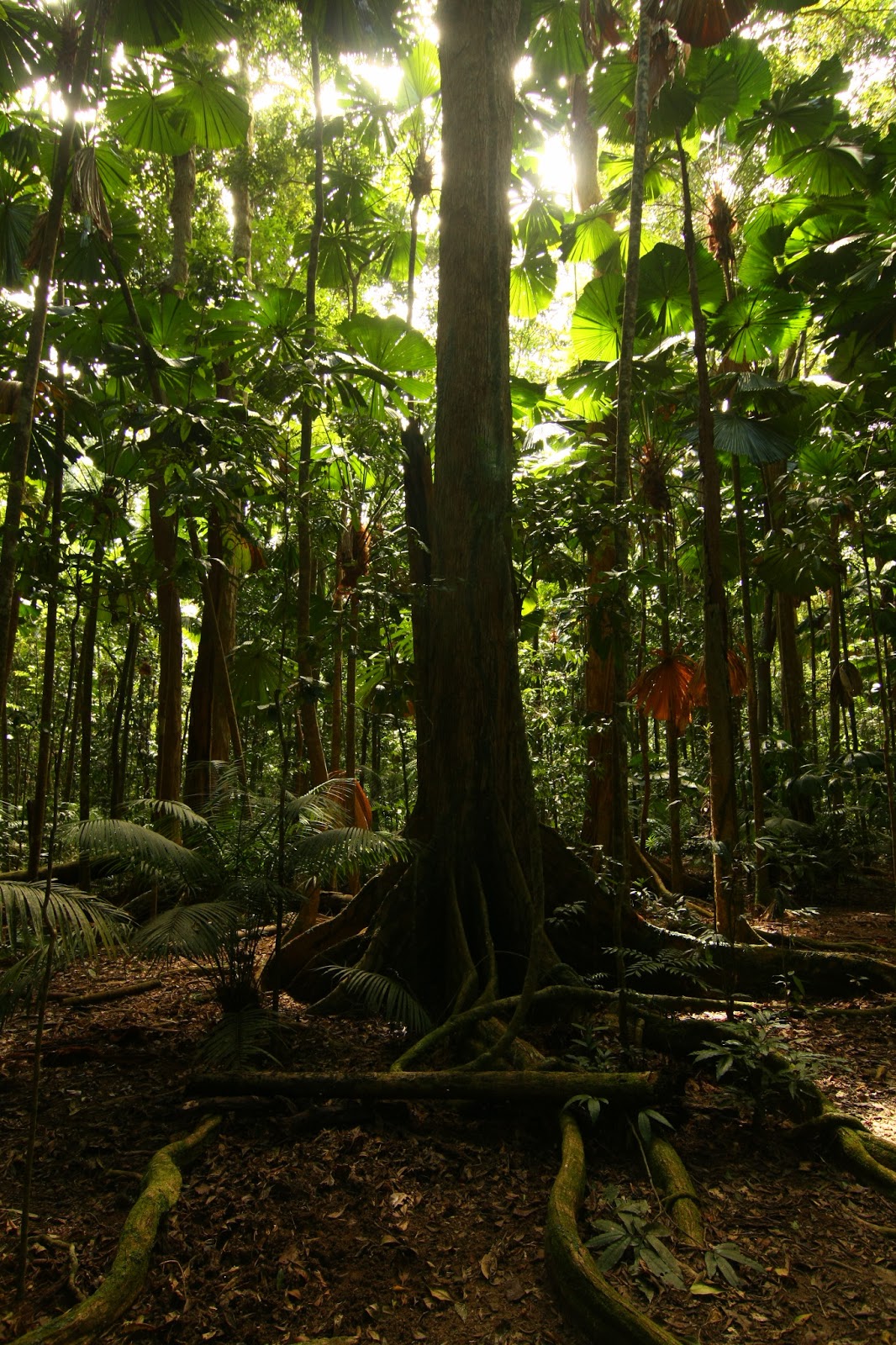Coral and Colonies
Go and find a
piece of plate coral close to the surface and spend a minute looking
closely between the coral fingers and amongst the polyps.
Upon the surface
and within the mucous layer, in the flesh and in the matrix of the
coral skeleton, reside a fantastic collection of highly adapted,
mutually independent symbiotic partners. These symbionts include
representatives of all the major groupings of the tree of life. There
are bacterial, archean, protozoan, fungal, algal and animal
communities occurring throughout all levels of the coral colony.
These genetically
diverse populations themselves are intricately integrated with each
other and the animal hosts into stable structures which we call coral
colonies.
A wide
assortment of animals inhabits the complex microhabitat of the coral
plate. These residents are often sculpted and coloured in ways that
provide almost complete camouflage against the background of their
particular host coral.
The residents
have complicated relationships with their host corals:
They clean debris
from their home which ensures vital sunlight is not blocked and helps
prevent infections.
They actively
repel coral carnivores like the Crown of Thorns Starfish, nipping and
stinging the thousands of starfish feet that fill the spaces between
the fingers as the animal settles down to eat.
They eat away at
infection fronts, slowing the disease and removing infective material
before it can slough away and spread the disease more widely as
exemplified in the service provided by the Hairy Black Fingered Crab
in the slowing of White Syndrome.
Each without the
other would fail to thrive. In each other’s company the whole
becomes more than the sum of its parts and long term survival becomes
a possibility. You without your immune system would also fail to
thrive. You wouldn’t be whole because something fundamental to your
survival as an organism was not in place. Likewise, in the absence of
these diverse coral based micro-communities, coral reefs as we know
them would not be possible.
This feature of
interdependence is not limited to coral.
Your own body is
as dramatic an example of this most fundamental characteristic of
life on Earth as is anything on the reef.
There are ten
times more non-human cells in your body than there are human ones and
at the genetic level, your 25 thousand genes are seriously
outnumbered by the 3 million non-human genes that are in operation in
the colony that you refer to in the first person.


Comments